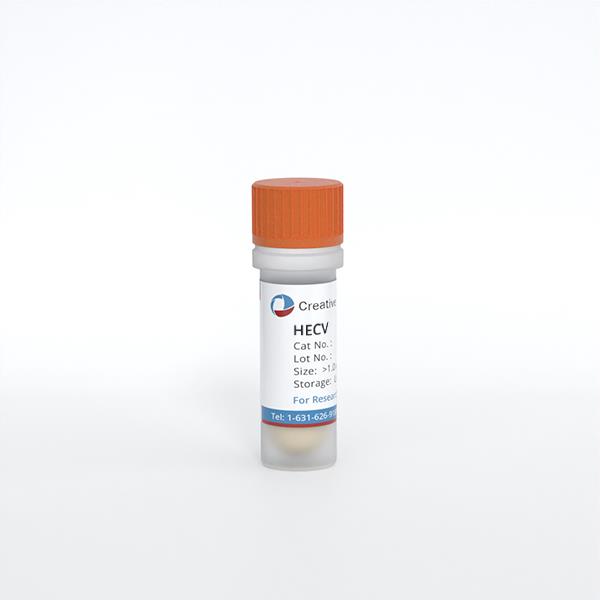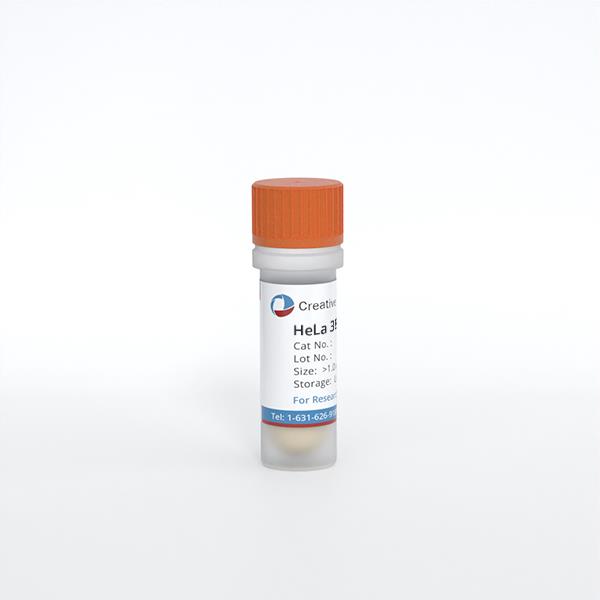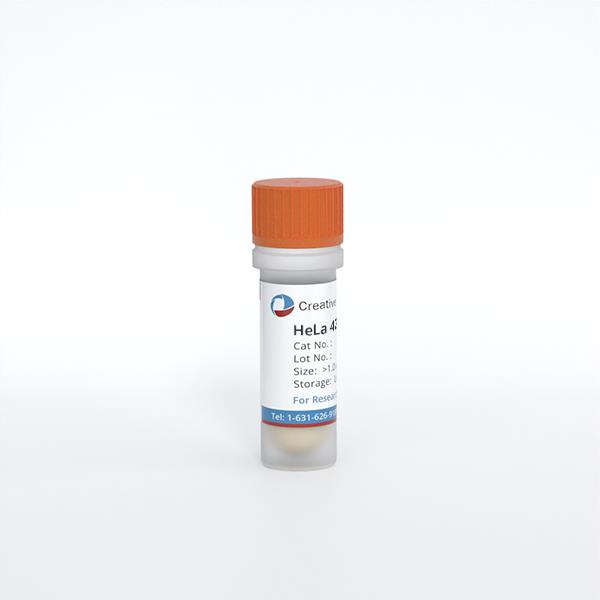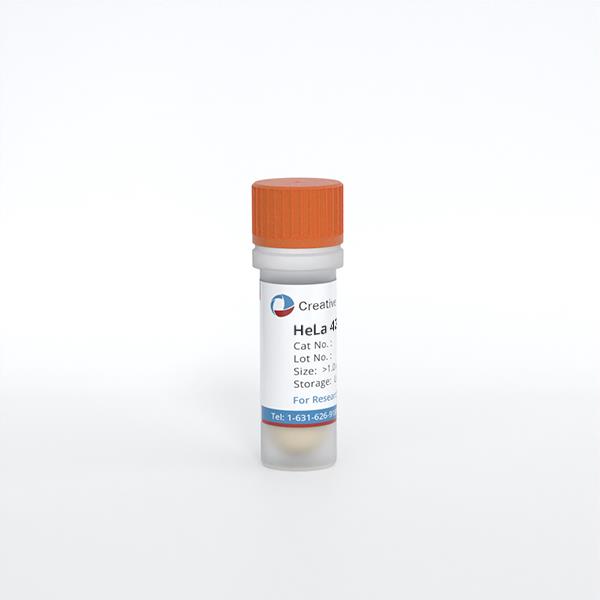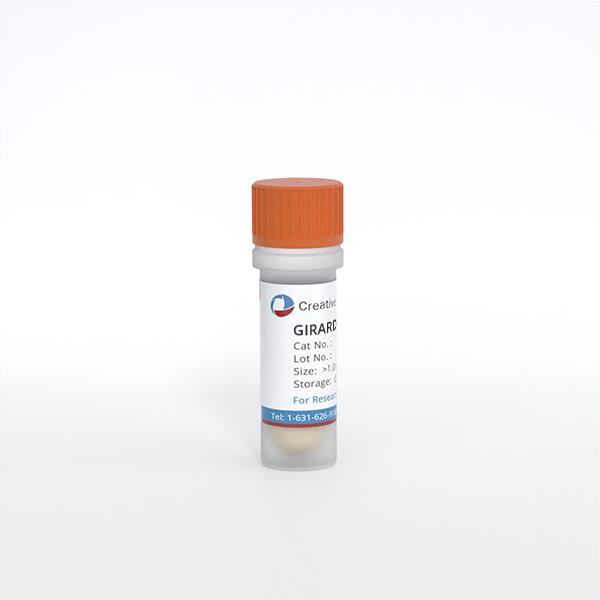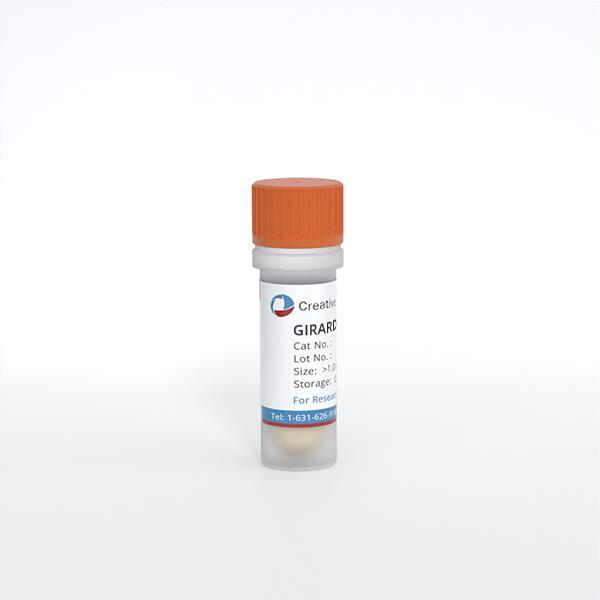Featured Products
Our Promise to You
Guaranteed product quality, expert customer support

ONLINE INQUIRY
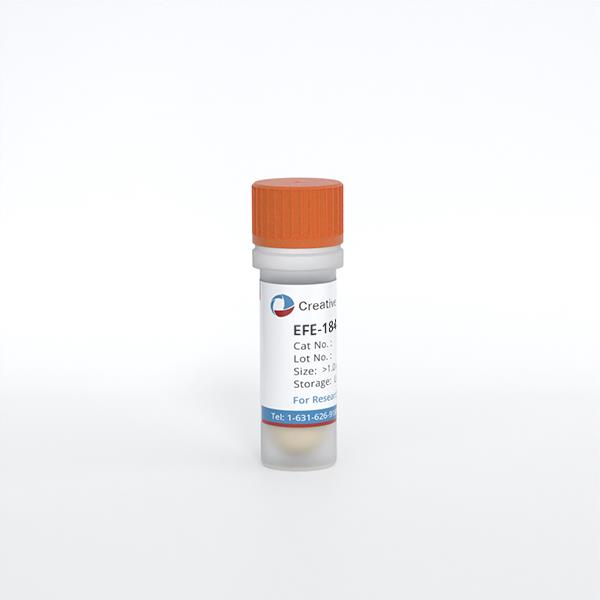
EFE-184
Cat.No.: CSC-C0337
Species: Human
Source: endometrium carcinoma
Morphology: epitheloid cells growing in monolayers
Culture Properties: monolayer
- Specification
- Background
- Scientific Data
- Q & A
- Customer Review
Immunology: cytokeratin +, cytokeratin-7 +, cytokeratin-8 +, cytokeratin-17 -, cytokeratin-18 +, cytokeratin-19 +, desmin -, endothel -, EpCAM +, GFAP -, neurofilament -, vime
EFE-184 cell line was developed from ascitic fluid samples taken from a 69-year-old woman suffering from recurrent endometrial cancer. This Type I endometrial cancer exhibits positive estrogen receptor status while showing negative progesterone receptor status. EFE-184 cells maintain regular epithelial shapes while demonstrating superior adhesion and proliferation abilities when cultured in vitro. Compared to other endometrial cancer cell lines, the endometrial cancer cell line EFE-184 demonstrates increased P16INK4A protein levels under specific conditions while displaying resistance to chemotherapy treatments such as paclitaxel and cisplatin. Thus, EFE-184 serves as a critical tool in cancer research investigations of endometrial cancer molecular mechanisms and drug targets. This cell line helps researchers understand p110β's nuclear localization and miRNA regulation in acidic environments while testing drugs such as Luminespib (NVP-AUY922).
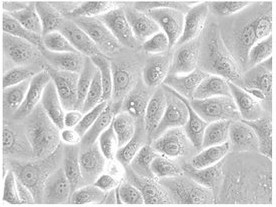 Fig. 1. EFE-184 cell (Wang B, Shao W, et al., 2020).
Fig. 1. EFE-184 cell (Wang B, Shao W, et al., 2020).
Gene Expression Profile of EFE184 Endometrial Cells with Shchd4
Endometrial cancer, a common malignancy in the female reproductive system, has been linked to various gene mutations, particularly in CHD4. This gene is a part of the NuRD complex, crucial for chromatin remodeling, but its role in cancer is poorly understood. Li's team utilized genetic engineering to adjust CHD4 expression and assess the functional impact of its R975H and R1162W mutations. To understand CHD4's role in endometrial cancer, they compared gene expression in EFE184 control and CHD4 knockdown cells via microarray. They identified 37 up-regulated and 18 down-regulated genes in shCHD4 cells. Unsupervised hierarchical clustering revealed co-expression among genes such as MMP9, PROM1 (CD133), and COL11A1. Notably, CD133 was up-regulated 2.5 fold (Fig. 1A). Flow cytometry confirmed ~30% of shCTRL cells were CD133 positive, versus 99.5% of shCHD4 cells (Fig. 1B). In TCGA patients with CHD4 mutations, CD133 was up-regulated 2.15 fold compared to those with wild-type CHD4 (Fig. 1C).
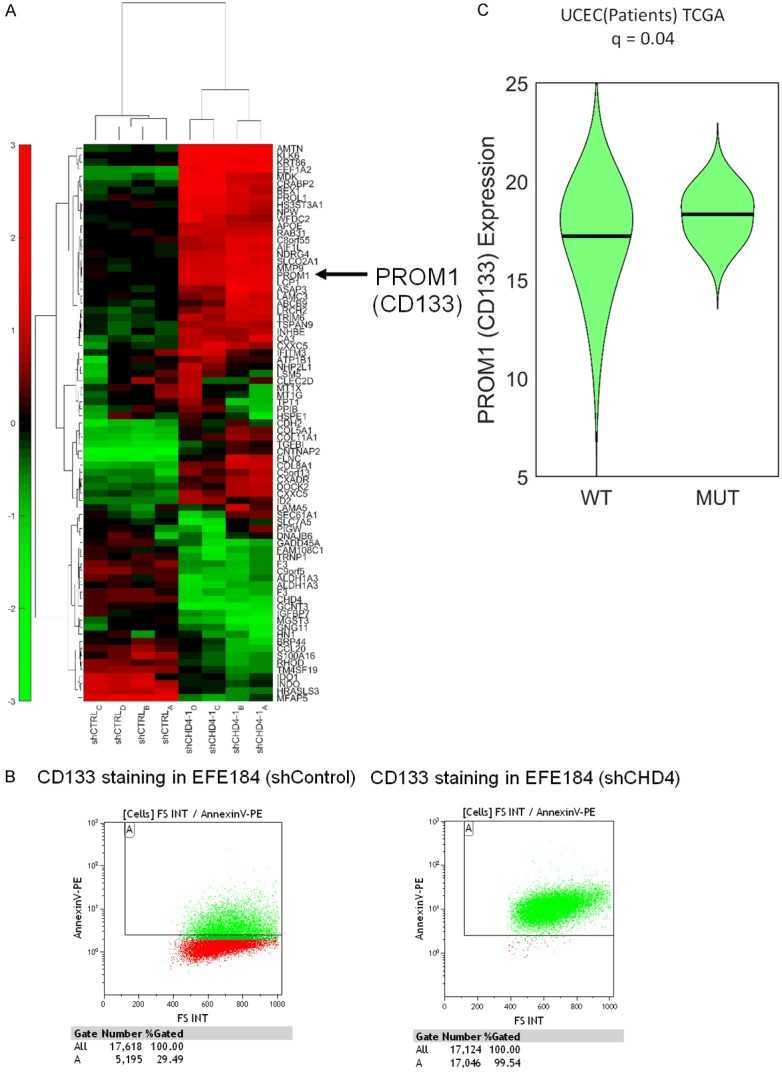 Fig. 1. Gene expression profiling (Li Y, Liu Q, et al., 2018).
Fig. 1. Gene expression profiling (Li Y, Liu Q, et al., 2018).
Overexpression of Claudin-3 And -4 Proteins in Endometrial Cancer Cell Lines
Endometrial cancer is the leading female reproductive cancer, with TJ proteins deregulation being a significant factor in its pathogenesis. These proteins, crucial for cell adhesion and signaling, show altered expression in cancer, notably claudin-3 and -4, which are linked to aggressive cancer behavior. Cuevas et al. explored the broader role of TJ deregulation in endometrial cancer by examining the expression of claudin-3, -4, and additional TJ-related genes across various cancer cell lines to understand their impact on cancer development.
The immunoblot analysis revealed overexpression of CLDN-3 in AN3-CA, EFE-184, MFE-280, and MFE-319 endometrial cancer cell lines compared to the normal THESCs line, which showed minimal CLDN-3 and -4 levels (Fig. 2B). CLDN-4 was overexpressed in EFE-184, MES-SA, MFE-296, MFE-319, and RL95-2 cell lines, despite lower overall levels than CLDN-3 (Fig. 3B). RT-PCR analysis of the same cell lines showed a consistent pattern of CLDN-3 mRNA and protein overexpression in EFE-184, MFE-280, and MFE-319 (Figure 1A/B), and CLDN-4 in EFE-184, MFE-280, MFE-319, and RL95-2 (Fig. 3A and B). Exceptions included AN3-CA with CLDN-3 protein overexpression but not mRNA (Fig. 2A and B), and MFE-280 with CLDN-4 mRNA overexpression but not protein (Fig. 3A and B).
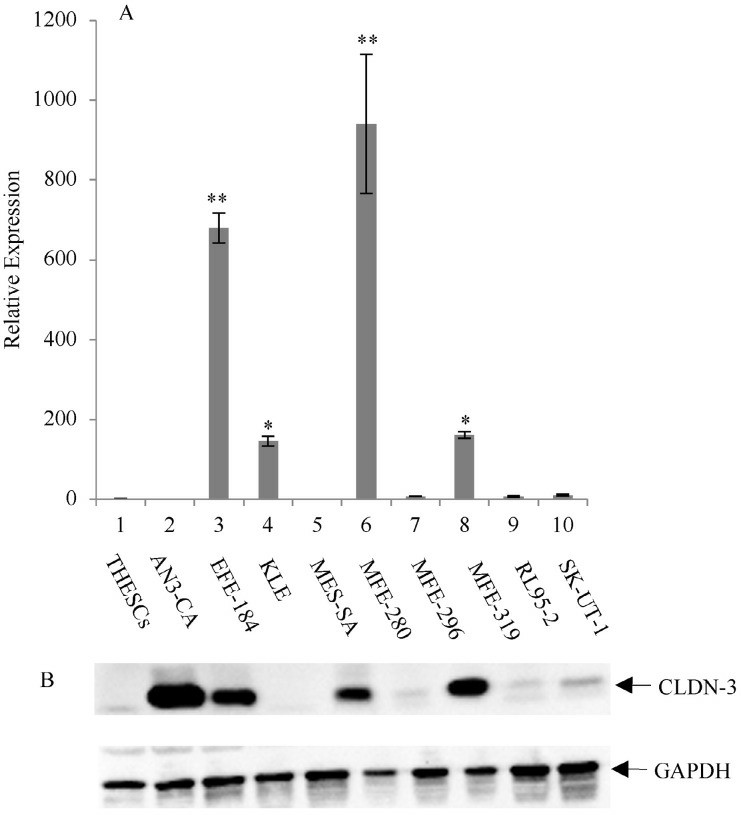 Fig. 2. Overexpression of CLDN-3 in a panel of endometrial cancer cell lines (Cuevas ME, Winters CP, et al., 2022).
Fig. 2. Overexpression of CLDN-3 in a panel of endometrial cancer cell lines (Cuevas ME, Winters CP, et al., 2022).
 Fig. 3. Overexpression of CLDN-4 in a panel of endometrial cancer cell lines (Cuevas ME, Winters CP, et al., 2022).
Fig. 3. Overexpression of CLDN-4 in a panel of endometrial cancer cell lines (Cuevas ME, Winters CP, et al., 2022).
The physical properties of CTCs, such as size, shape, and deformability, can impact their ability to survive in circulation and colonize distant organs.
Ask a Question
Average Rating: 5.0 | 1 Scientist has reviewed this product
A trusted supplier
Creative Bioarray is a trusted supplier of consistent quality cells. Their high standards of quality control and performance have been instrumental in maintaining the integrity and validity of our cell biology studies.
03 Aug 2023
Ease of use
After sales services
Value for money
Write your own review
- You May Also Need

